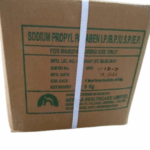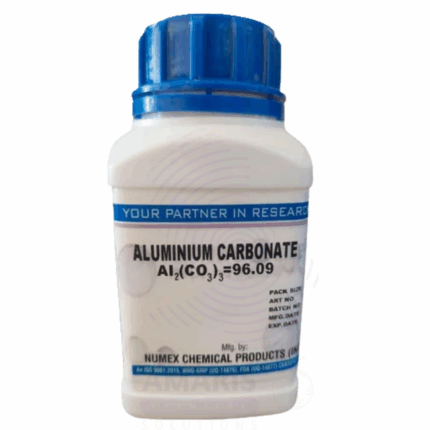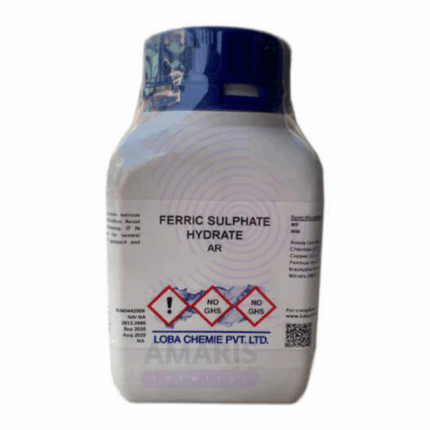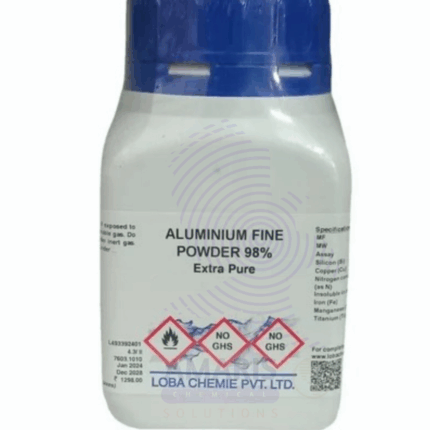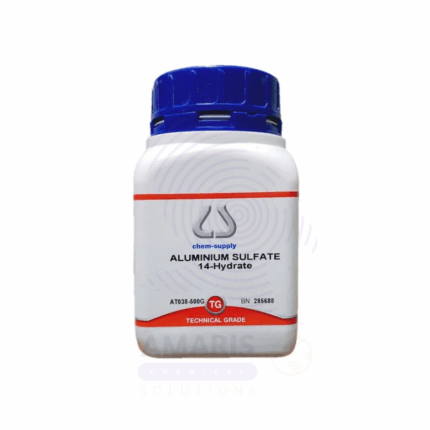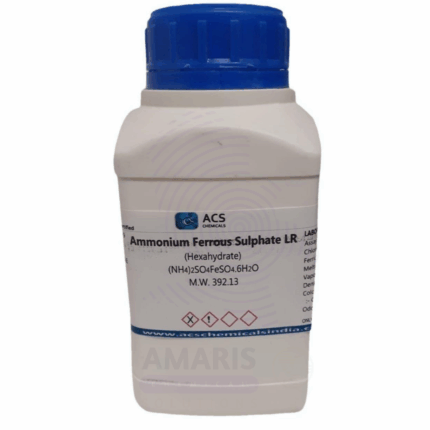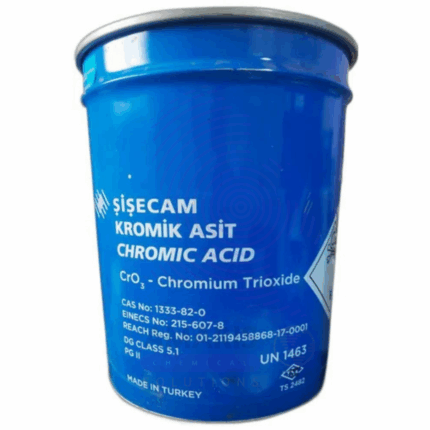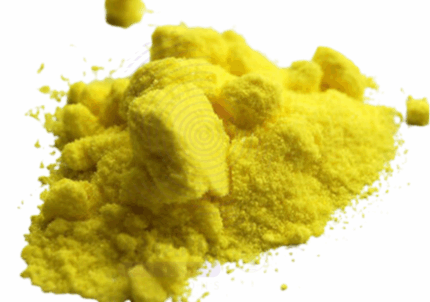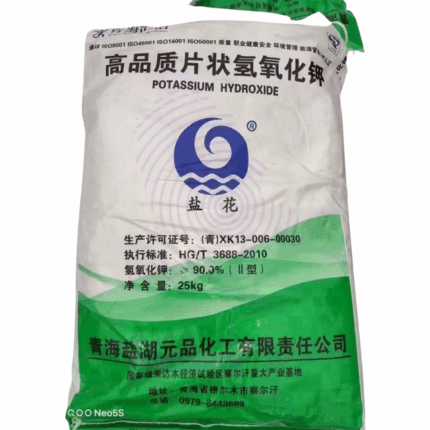
Phenoxyethano Extra Pure
$ 23.25 Original price was: $ 23.25.$ 23.12Current price is: $ 23.12.
Phenoxyethano Extra Pure is a high-purity aromatic glycol ether widely used as a preservative, solvent, and stabilizer in pharmaceutical, cosmetic, and laboratory formulations. This colorless, slightly viscous liquid possesses a mild pleasant odor and offers effective antimicrobial properties, particularly against Gram-negative bacteria.
Due to its excellent solvency and low volatility, Phenoxyethanol is ideal for use in creams, lotions, serums, and vaccines, where it extends shelf life by preventing microbial growth. In laboratory settings, it serves as a dependable solvent for dyes, resins, and plasticizers. Its low toxicity and compatibility with other preservatives make it a preferred alternative to parabens in personal care products.
Phenoxyethano Extra Pure
PRIMARY USES
- Acts as a preservative in cosmetics, personal care products, and pharmaceuticals due to its antimicrobial properties.
- Commonly used in formulating lotions, creams, and serums to prevent bacterial growth.
- Functions as a fixative in perfumes to stabilize the fragrance and extend shelf life.
- Employed as a solvent in dyes, inks, and resins because of its low volatility and good solvency.
- Used in vaccine production as an antimicrobial agent to maintain sterility.
SECONDARY USES
- Utilized in laboratories as a preservative in biological and chemical reagent formulations.
- Sometimes included in cleaning agents and disinfectants for added microbial control.
- Used in ophthalmic and dermatological solutions for its gentle, non-irritating preservation.
- Acts as an alternative to parabens in many personal care product formulations.
- Occasionally applied in industrial coatings and plastic additives for its solvency and stability.
1. Basic Identification Attributes
- Chemical Name: 2-Phenoxyethanol
- CAS Number: 122-99-6
- HS Code: 2909.49.00
- Molecular Formula: C₈H₁₀O₂
- Synonyms:
- Ethylene glycol monophenyl ether
- 2-Hydroxyethyl phenyl ether
- Phenyl cellosolve
2. Physical & Chemical Properties
- Physical State: Liquid
- Color & Odor: Colorless to pale yellow; faint aromatic odor
- Boiling Point: ~247 °C
- Melting Point: ~–2 °C
- Density/Specific Gravity: ~1.105 g/cm³ at 20 °C
- Solubility:
- Slightly soluble in water (~27 g/L at 20 °C)
- Miscible with alcohols and other organic solvents
- pH Level: Not applicable (neutral in aqueous solutions)
- Vapor Pressure: ~0.01 mmHg at 20 °C (low volatility)
- Flash Point: ~121 °C (closed cup)
- Autoignition Temperature: ~470 °C
- Viscosity: ~6.2 mPa·s at 25 °C
3. Safety & Hazard Attributes
- Hazard Class (GHS Classification):
- Eye irritation (Category 2A)
- Acute toxicity (oral, Category 4)
- Skin irritation (Category 2)
- NFPA Ratings:
- Health: 2
- Flammability: 1
- Reactivity: 0
- Exposure Limits:
- No specific OSHA PEL or ACGIH TLV established
- Reactivity:
- Stable under normal conditions
- Avoid strong oxidizers and strong acids
4. Storage & Handling Attributes
- Storage Conditions:
- Store in a cool, dry, well-ventilated area
- Keep container tightly closed and away from ignition sources
- Incompatible Materials:
- Strong oxidizing agents, strong acids
- Container Type: Glass or HDPE/plastic container
- Shelf Life & Expiration Date: Typically 2 years if stored properly
- Special Handling Requirements:
- Use with adequate ventilation
- Wear gloves and protective eyewear
5. Regulatory & Compliance Attributes
- Regulatory Status:
- Listed under TSCA, REACH
- Used in cosmetics, personal care, and pharmaceutical products
- Transportation Restrictions:
- Not classified as hazardous for transport (non-regulated)
- Waste Disposal Method:
- Dispose in accordance with local, regional, and national regulations
- Do not release into the environment
6. Environmental & Health Impact
- Ecotoxicity:
- Moderately toxic to aquatic organisms at high concentrations
- Persistence in Environment:
- Degrades slowly in the environment
- Carcinogenicity/Mutagenicity:
- Not classified as carcinogenic by IARC, NTP, or OSHA
- Biodegradability:
- Readily biodegradable under aerobic conditions
SAFETY PRECAUTIONS
Personal Protective Equipment (PPE):
- Wear a lab coat, nitrile gloves, and safety goggles.
- Use in a well-ventilated area or under a fume hood to avoid inhalation of vapors.
Handling:
- Avoid contact with skin, eyes, and clothing.
- Do not breathe mist or vapors.
- Wash thoroughly with soap and water after handling.
- Avoid prolonged or repeated exposure.
Storage:
- Store in a tightly sealed container in a cool, dry, and well-ventilated location.
- Keep away from heat, sparks, and open flames.
- Store away from strong acids and oxidizing agents.
FIRST AID MEASURES
Inhalation:
- Move the person to fresh air immediately.
- Provide oxygen if breathing is difficult.
- Seek medical attention if symptoms persist.
Skin Contact:
- Wash with plenty of soap and water.
- Remove contaminated clothing and wash before reuse.
- Seek medical attention if irritation or redness develops.
Eye Contact:
- Rinse cautiously with water for several minutes.
- Remove contact lenses if present and easy to do.
- Continue rinsing and consult a physician if irritation persists.
Ingestion:
- Rinse mouth with water.
- Do not induce vomiting.
- Seek medical attention immediately.
FIRE FIGHTING MEASURES
Flammability:
- Combustible liquid; may form explosive mixtures with air at high temperatures.
Extinguishing Media:
- Use water spray, dry chemical powder, alcohol-resistant foam, or carbon dioxide.
Hazardous Combustion Products:
- May emit carbon oxides and irritating vapors when heated or burned.
Firefighter Protection:
- Wear full protective clothing and self-contained breathing apparatus (SCBA).
- Avoid inhaling combustion fumes.


 Preservatives(food)
Preservatives(food) Flavor Enhancers
Flavor Enhancers Acidulants
Acidulants Sweeteners
Sweeteners Antioxidants
Antioxidants Colorants(food)
Colorants(food) Nutraceutical Ingredients (food)
Nutraceutical Ingredients (food) Nutrient Supplements
Nutrient Supplements Emulsifiers
Emulsifiers
 Collectors
Collectors Dust Suppressants
Dust Suppressants Explosives and Blasting Agents
Explosives and Blasting Agents Flocculants and Coagulants
Flocculants and Coagulants Frothers
Frothers Leaching Agents
Leaching Agents pH Modifiers
pH Modifiers Precious Metal Extraction Agents
Precious Metal Extraction Agents
 Antioxidants(plastic)
Antioxidants(plastic) Colorants (Pigments, Dyes)
Colorants (Pigments, Dyes) Fillers and Reinforcements
Fillers and Reinforcements Flame Retardants
Flame Retardants Monomers
Monomers Plasticizers
Plasticizers Polymerization Initiators
Polymerization Initiators Stabilizers (UV, Heat)
Stabilizers (UV, Heat)
 Antifoaming Agents
Antifoaming Agents Chelating Agents
Chelating Agents Coagulants and Flocculants
Coagulants and Flocculants Corrosion Inhibitors
Corrosion Inhibitors Disinfectants and Biocides
Disinfectants and Biocides Oxidizing Agents
Oxidizing Agents pH Adjusters
pH Adjusters Scale Inhibitors( water)
Scale Inhibitors( water)
 Antioxidants(cosmetic)
Antioxidants(cosmetic) Emollients
Emollients Fragrances and Essential Oils
Fragrances and Essential Oils Humectants
Humectants Preservatives
Preservatives Surfactants(cosmetic)
Surfactants(cosmetic) Thickeners
Thickeners UV Filters
UV Filters
 Fertilizers
Fertilizers Soil Conditioners
Soil Conditioners Plant Growth Regulators
Plant Growth Regulators Animal Feed Additives
Animal Feed Additives Biostimulants
Biostimulants Pesticides (Herbicides, Insecticides, Fungicides)
Pesticides (Herbicides, Insecticides, Fungicides)
 Active Pharmaceutical Ingredients (APIs)
Active Pharmaceutical Ingredients (APIs) Excipients
Excipients Solvents(pharmaceutical)
Solvents(pharmaceutical) Antibiotics
Antibiotics Antiseptics and Disinfectants
Antiseptics and Disinfectants Vaccine Adjuvants
Vaccine Adjuvants Nutraceutical Ingredients (pharmaceutical)
Nutraceutical Ingredients (pharmaceutical) Analgesics & Antipyretics
Analgesics & Antipyretics
 Analytical Reagents
Analytical Reagents Solvents(lab)
Solvents(lab) Chromatography Chemicals
Chromatography Chemicals Spectroscopy Reagents
Spectroscopy Reagents microbiology-and-cell-culture-reagents
microbiology-and-cell-culture-reagents Molecular Biology Reagents
Molecular Biology Reagents Biochemical Reagents
Biochemical Reagents Inorganic and Organic Standards
Inorganic and Organic Standards Laboratory Safety Chemicals
Laboratory Safety Chemicals Specialty Laboratory Chemicals(Special Laboratory Equipment)
Specialty Laboratory Chemicals(Special Laboratory Equipment)
 Demulsifiers
Demulsifiers Hydraulic Fracturing Fluids
Hydraulic Fracturing Fluids Scale Inhibitors(oil)
Scale Inhibitors(oil) Surfactants(oil)
Surfactants(oil) Drilling Fluids
Drilling Fluids
 Dyes and Pigments
Dyes and Pigments Bleaching Agents
Bleaching Agents Softening Agents
Softening Agents Finishing Agents
Finishing Agents Antistatic Agents
Antistatic Agents
 Admixtures
Admixtures Waterproofing Agents
Waterproofing Agents Sealants and Adhesives
Sealants and Adhesives Curing Compounds
Curing Compounds Concrete Repair Chemicals
Concrete Repair Chemicals Anti-Corrosion Coatings
Anti-Corrosion Coatings
 Surfactants(cleaning)
Surfactants(cleaning) Builders
Builders Enzymes
Enzymes Solvents (Cleaning)
Solvents (Cleaning) Fragrances
Fragrances
 Electronic Chemicals
Electronic Chemicals Catalysts
Catalysts Lubricants
Lubricants Photographic Chemicals
Photographic Chemicals Refrigerants
Refrigerants Automotive chemicals
Automotive chemicals Pyrotechnic Chemicals
Pyrotechnic Chemicals
 Biodegradable Surfactants
Biodegradable Surfactants Bio-based Solvents
Bio-based Solvents Renewable Polymers
Renewable Polymers Carbon Capture Chemicals
Carbon Capture Chemicals Wastewater Treatment Chemicals
Wastewater Treatment Chemicals
 Pigments
Pigments Solvents(paint)
Solvents(paint) Specialty Coatings
Specialty Coatings Binders/Resins
Binders/Resins Additives
Additives Driers
Driers Anti-Corrosion Agents
Anti-Corrosion Agents Functional Coatings
Functional Coatings Application-Specific Coatings
Application-Specific Coatings
 Fresh Herbs
Fresh Herbs Ground Spices
Ground Spices Whole Spices
Whole Spices Spice Blends
Spice Blends Dried Herbs
Dried Herbs
 Leavening Agents
Leavening Agents Dough Conditioners
Dough Conditioners Flour Treatments
Flour Treatments Fat Replacers
Fat Replacers Decoratives
Decoratives Preservatives(baking)
Preservatives(baking)
 Plasticizers & Softeners
Plasticizers & Softeners Reinforcing Agents
Reinforcing Agents Adhesion Promoters
Adhesion Promoters Vulcanizing Agents
Vulcanizing Agents Antidegradants
Antidegradants Blowing Agents
Blowing Agents Fillers & Extenders
Fillers & Extenders Accelerators & Retarders
Accelerators & Retarders
